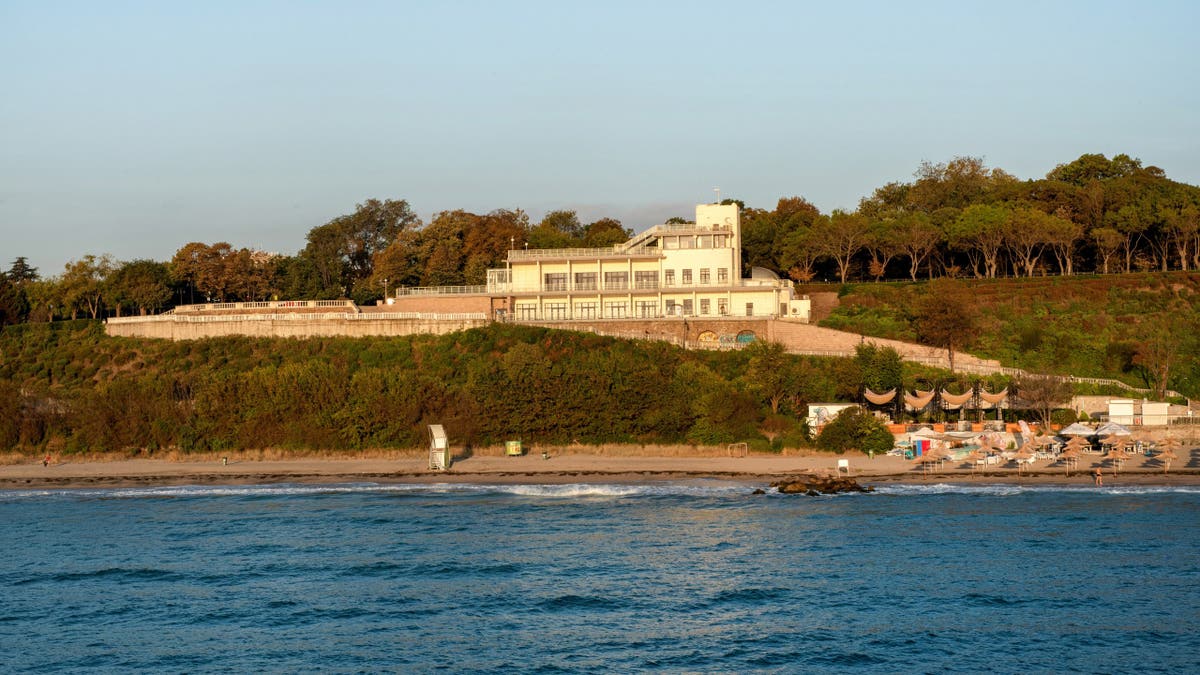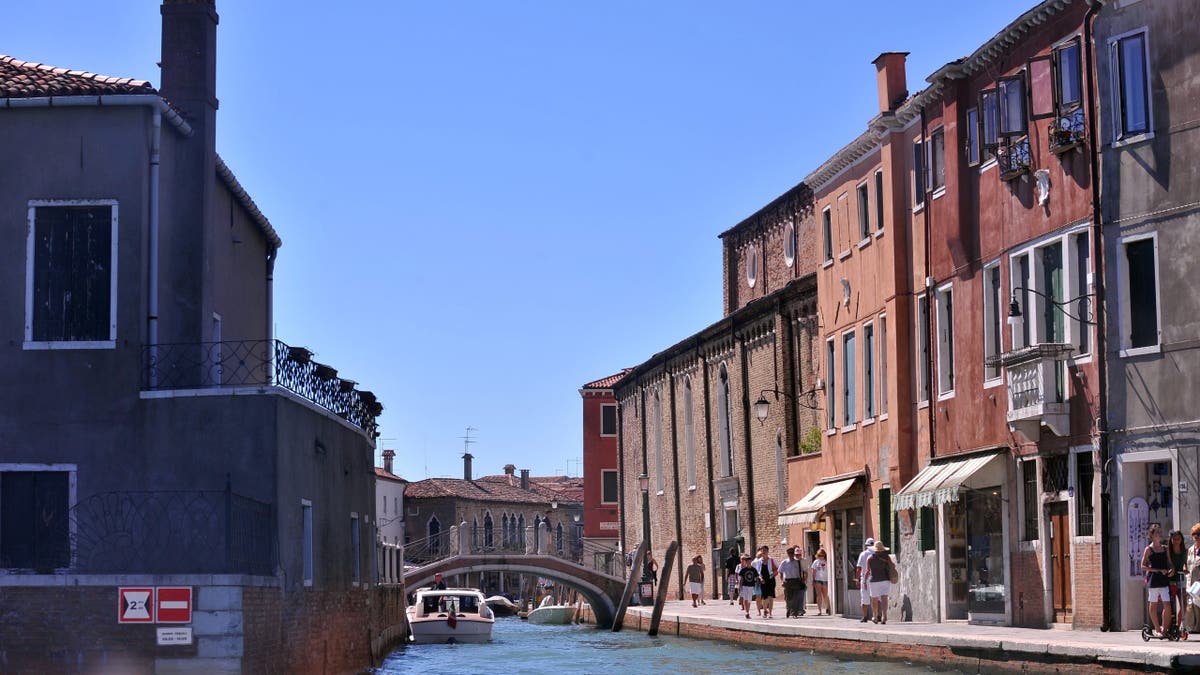Researchers made an exciting discovery during a dive in Bulgaria’s Chengene Skele Bay in the Black Sea when they found over 100 ancient glass objects.
The June 2024 discovery was made by a team from the National History Museum, led by professor Ivan Histrov, according to a translated Facebook post by the Burgas Regional History Museum.
The 112 glass objects most recently found joined a larger collection of 310 glass vessels that have been uncovered in the same bay in 2020 and 2021.

The glass objects were found in Bulgaria’s Chengene Skele Bay, located in the Black Sea. (John Wreford/SOPA Images/LightRocket via Getty Images)
SKELETAL REMAINS OF MAN, WOMAN DISCOVERED IN POMPEII OFFER CHILLING DETAILS OF FINAL MOMENTS
The glass objects were found at a depth of 2 to 2.5 meters, according to the statement. These ancient items are believed to be from the late 16th or early 17th century.
The glass objects have been credited to the Venetian island of Murano, which is still known today for its production of high-quality glassware.
“Until now, the hypothesis has been proposed that the vessels were most likely produced in a workshop on the island of Murano, Venice, in the second half of the 16th century or the beginning of the 17th century. Here the question of the exact dating of the glass objects and the possible shipwreck remains to be determined,” the statement said.

Experts point to Murano as the place where the glass was originally produced. (Massimo Insabato/Archivio Massimo Insabato/Mondadori Portfolio via Getty Images)
ART HISTORIAN SPOTS ANCIENT PORTRAIT THOUGHT TO BE LOST IN THE BACKGROUND OF PHOTO SHARED ON SOCIAL MEDIA
It has been theorized that the glass found could have been on a boat or ship that faced destruction by a storm, sending the ancient artifacts into the water.
It’s likely the ship wreckage will be discovered near the area where the glass fragments were found, according to the museum.
While much of the glassware was found in fragments, there are pieces that are very much intact, displaying the intricate craftsmanship in their creation many years ago.

Murano is still known for its glass production today. It is home to the Murano Glass Factory, a popular tourist attraction for visitors. (Gisela Schober/Getty Images)
CLICK HERE TO GET THE FOX NEWS APP
The discovery of these underwater artifacts is “an important source of information on the poorly researched topic of consumption, trade, and production of glass in the Balkans during the Late Ottoman Period,” the museum wrote in the Facebook post.
The new underwater finds will be exhibited at the Burgas Regional Historical Museum.
Source link











